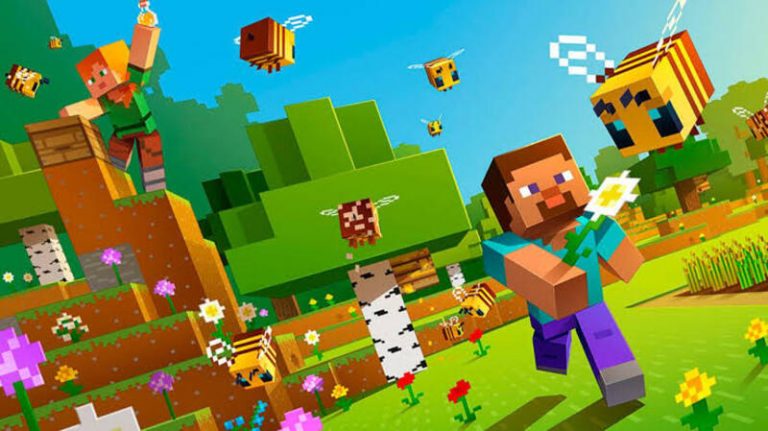The Continuing Evolution of Social Trading

What is social trading? It is a way of investing that centers on community involvement where investors observe and follow the trading behaviors of others. It requires little or no prior knowledge of financial markets because investors devise their strategy by copy-trading or mirror-trading other investors.
Like most elements of social media activity, social trading has evolved quickly although it has humble beginnings. When online trading platforms arrived in the early days of the internet, professional investors would use email to notify others they were about to open a trade and their address book contacts would be able to follow it. Emails were also sent when the trade was about to be closed.
While effective, this was a highly inefficient process. Market trading can happen quickly and email is very slow. It was easy for people to miss messages meaning they missed out on trading opportunities which by their very nature can be fleeting. In response to the need for more instantaneous communication, private chat rooms developed on online trading platforms. In these rooms, traders could discuss trades, share insights and exchange tips, strategies and news. It gave traders instant access to information that they could react to immediately.
Chat rooms on trading platforms were the first big step toward moving to the concept of social trading in its current form. Although more efficient than email, there was still the issue that users had to be in the chat room to monitor events as they unfolded so it was still easy to miss signals and opportunities. Another issue was that professional traders would charge high fees for joining their chat rooms.
This was not a phenomenon. It is a common type of practice across social media platforms where expertise and built-up audiences are sold on. For example, you can browse Instagram accounts for sale on Fameswap or use services like Fameaudit to assess the quality and authenticity of your audience.
The First Automated Trading Platform
To remove these barriers and imperfections, Mirror Trading Service was launched in 2005. Operated by brokers Tradency, the service generated automated signals that mirrored the moves of the platform’s most profitable traders. The platform allowed users to follow traders and receive instant notifications of their trades. Later, users were able to copy the moves in real-time.
The impact and potential of Tradency’s concept and application were quickly recognized and other platforms surged forward with copying it. They were a great way for novice traders to get involved in the financial markets without having to swot up or do lots of analysis. However, we can’t call these services social trading platforms because they lacked the key social aspect.
The Advent of True Social Trading
Most of the credit for the first true social trading platform goes to Ben Bilski. When he founded NAGA in 2015, it was a simple brokerage platform for copy trading. However, having realized the potential for merging copy trading with social media, in 2017, he launched Popular Investors. Here, professional traders can create detailed profiles and swap
messages with followers. The benefits of transparency and trust on Popular Investors was seized on and improved by
eToro. When eToro launched its unique news feed (modeled after Facebook) it enabled traders and users to directly communicate in real-time.
NAGA followed this by also introducing a traders’ news feed plus other enhanced features such as filter options for trades and comments. NAGA also took social trading to its next level when it introduced its Autocopy tool. For just $1 per trade and with guaranteed price execution, Autocopy enabled users to copy trades in real-time meaning no one need miss profit-making opportunities. It also rewarded smart investors with a 35% share of the copy fees they generated.
eToro replicated the idea with CopyTrader and numerous other platforms soon followed with
their own iterations. There has been a huge increase in beginner traders signing up to social investing platforms.
The Next Phase of Evolution
The existing platforms continue to evolve and new platforms come online with enhanced features and easier ways for traders to participate online. Recent developments at NAGA include the expansion of trading portfolios to include NFTs and the launch of its own cryptocurrency. It looks like the evolution of social trading is far from standing still.






